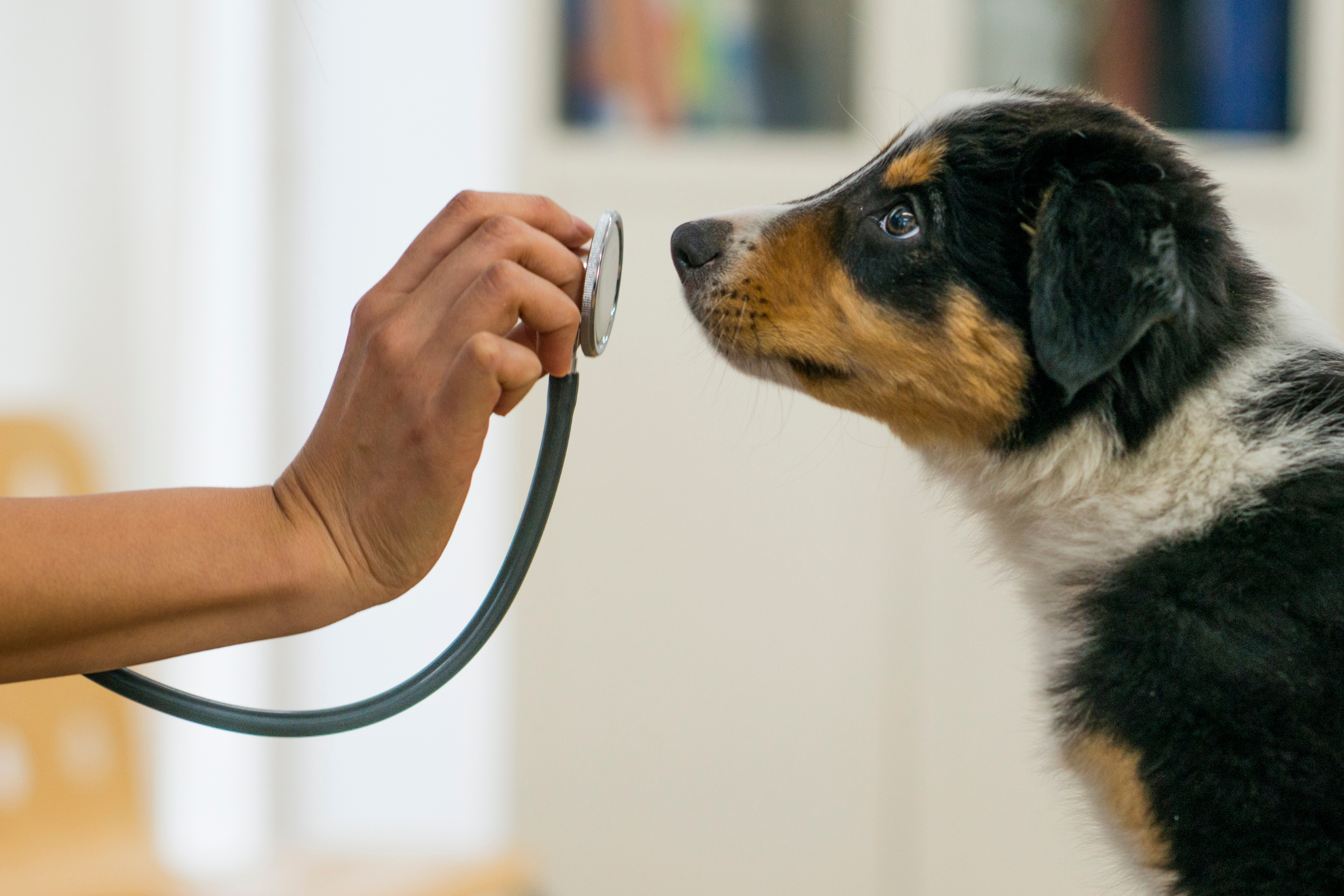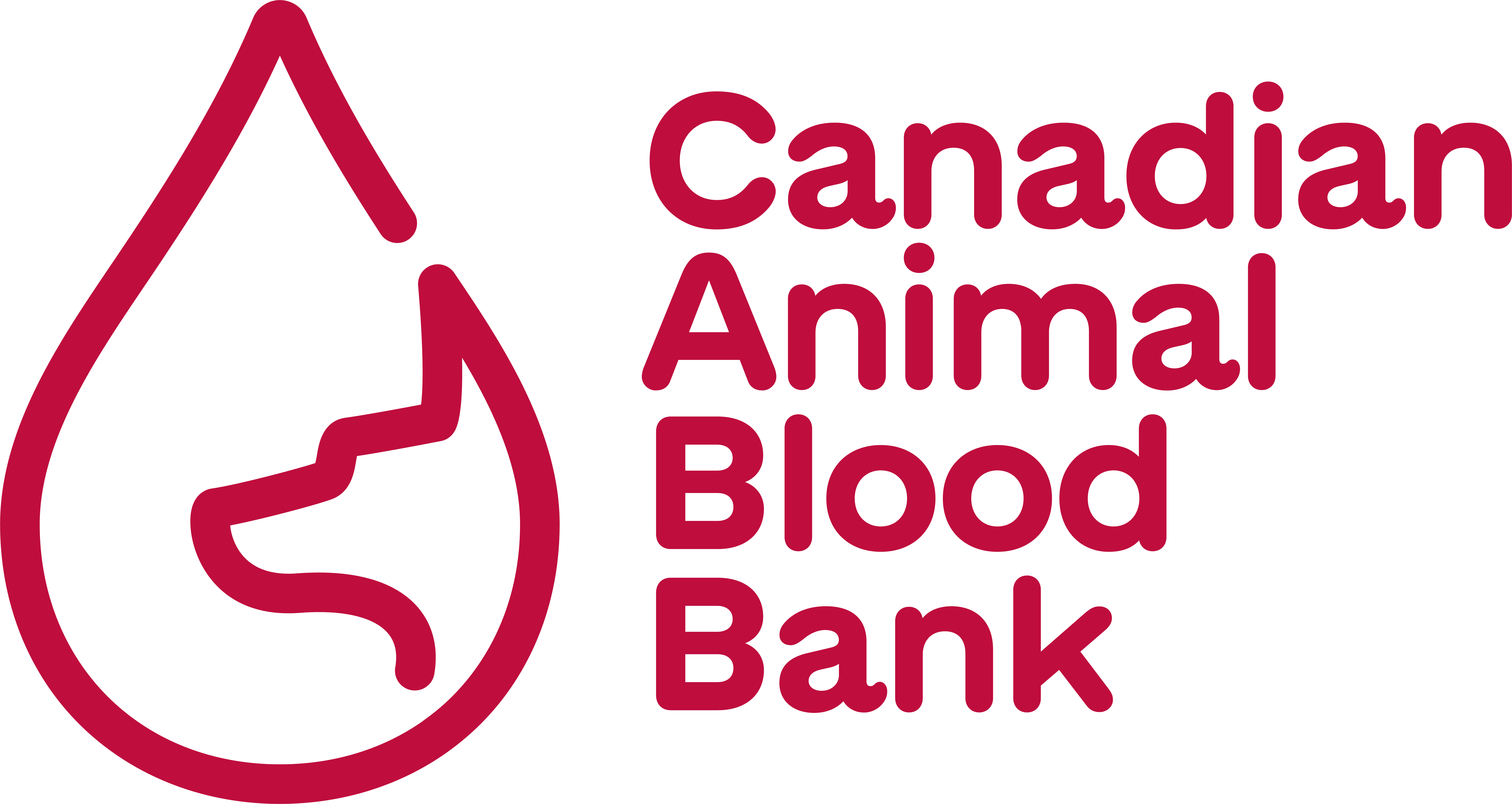
Transfusion reactions are a risk associated with the administration of blood products. In veterinary medicine, transfusion reactions are reported in up to 38% of transfusions. The majority of these reactions are considered mild and non-life threatening with <10% being serious or life-threatening.
Careful selection of blood products prior to administration may help to reduce reactions and includes matching blood types, performing cross matching, examining the products visible appearance, and checking expiration dates.
What signs can indicate a transfusion reaction?
Signs of a transfusion reaction may include fever, hemolysis, hives (urticaria) or facial swelling, vomiting, and low blood pressure leading to collapse.
What should I do if my patient has a transfusion reaction?
Stop the transfusion at the first indication of a reaction. Subsequently, ascertain the type of reaction—whether it’s febrile, hemolytic, allergic, or anaphylactic. Following this, conduct a thorough assessment of the risk posed to the patient and carefully evaluate whether it’s prudent to proceed with the transfusion or not.
Febrile Non-Hemolytic Transfusion Reactions (FNHTR)
This is suspected with an acute fever over 39.5oC (102.5oF) and 1oC (1.8oF) above baseline at the start of the transfusion. First, stop the transfusion while you check the patient’s vital signs and for hemolysis of the patient’s plasma. If the patient’s plasma sample is not hemolyzed, there are no respiratory signs, and the patient is hemodynamically stable, a FNHTR is suspected. Next, resume the transfusion at the same or slower rate while closely monitoring the patient’s temperature and vital signs. Antipyretics are not commonly recommended as they are of limited benefit. Acetaminophen should never be given to cats.
Acute Hemolytic Transfusion Reaction (AHTR)
AHTR is characterized by an acute fever and the presence of hemoglobinemia and/or hemoglobinuria. Stop the transfusion immediately and save the unit for repeat cross matching and microbial screening. Obtain baseline blood work including CBC, BUN, creatinine, bilirubin, and clotting times (PT and aPTT). Initiate supportive care with fluid therapy to mitigate the risk of kidney injury. Adjust the fluid rate as necessary based on the severity of the reaction and administer epinephrine and vasopressors as needed to maintain heart rate and blood pressure. Although the efficacy of glucocorticoids such as dexamethasone (0.25 mg/kg IV once) in diminishing hemolytic reactions is not definitively proven, they may offer anecdotal benefits and can be considered.
Local or Mild Allergic Reaction
An allergic reaction is characterized by symptoms like urticaria and facial swelling. Consider slowing or stopping the transfusion. Administer an antihistamine such as diphenhydramine 0.5-1 mg/kg (up to a maximum of 50 mg) intramuscularly every 8 hours. Evaluate the risk associated with continuing the transfusion and consider doing so at a reduced rate. Closely monitor vital signs to ensure patient safety.
Acute Anaphylaxis
Dogs will develop gastrointestinal signs, gallbladder edema, hemoabdomen, with or without cutaneous signs. Cats will develop respiratory signs or gastrointestinal signs with or without cutaneous signs. Begin by securing an airway to facilitate breathing, if indicated. Initiate rapid infusion of crystalloid solution with a bolus of 10-20 mL/kg, repeating as needed, while assessing vital signs between boluses. Administer epinephrine at up to 2 boluses of 0.1-0.2 mg/kg intramuscularly followed by a constant rate infusion at 0.05-0.1 μg/kg/min intravenously. Administer an antihistamine such as diphenhydramine 0.5-1 mg/kg (up to a maximum of 50 mg) intramuscularly every 8 hours. Monitor vital signs closely and do not resume the transfusion.
Transfusion-Related Complications
While not specific transfusion reactions, complications associated with blood product administration demand immediate attention. Regardless of the complication, stop the transfusion immediately and conduct a thorough assessment of the patient. In cases of Transfusion Associated Cardiac Overload (TACO), the use of furosemide should be less aggressive than would be typical for the treatment of congestive heart failure in dogs and cats. Close monitoring of vital signs (specifically respiratory rate, respiratory effort, hydration, and blood pressure) should be performed and an initial dose of furosemide 1–2 mg/kg intravenously could be considered.
Citrate toxicity occurs commonly in patients receiving massive transfusions. In these patients, it’s advisable to administer calcium supplementation if the patient’s ionized calcium concentration falls to or below 0.9 mmol/L. However, depending on the patient’s clinical condition, presence of clinical signs, and severity of underlying conditions, intravenous calcium administration may be contemplated even when ionized calcium concentration exceeds 0.9 mmol/L. Additionally, empirical calcium supplementation can be considered as a proactive measure during massive transfusion scenarios.
How should a transfusion reaction be investigated?
First, examine the blood product for any signs of discoloration or particulate matter and submit a sample for bacterial culture and susceptibility testing to identify potential infections. Second, confirm the blood type of both the patient and the donor to rule out incompatibility issues. Third, perform a crossmatch between the pre-transfusion recipient blood and the remaining donor blood product to detect any immunological incompatibility. Additionally, check the blood transfusion administration process for any delivery errors that could lead to hemolysis. Lastly, assess the blood storage conditions to ensure proper temperature and other factors that might impact the quality of the blood product during storage.
For more information regarding the diagnosis and treatment of transfusion reactions in dogs and cats, please read the Association of Veterinary Hematology and Transfusion Medicine (AVHTM) transfusion reaction small animal consensus statement (TRACS) here.
Jennifer Kyes, DVM, DACVECC is a volunteer member of the Canadian Animal Blood Bank Education Committee and a Criticalist at VCA Canada Mississauga Oakville Veterinary Referral and Emergency Hospital.

